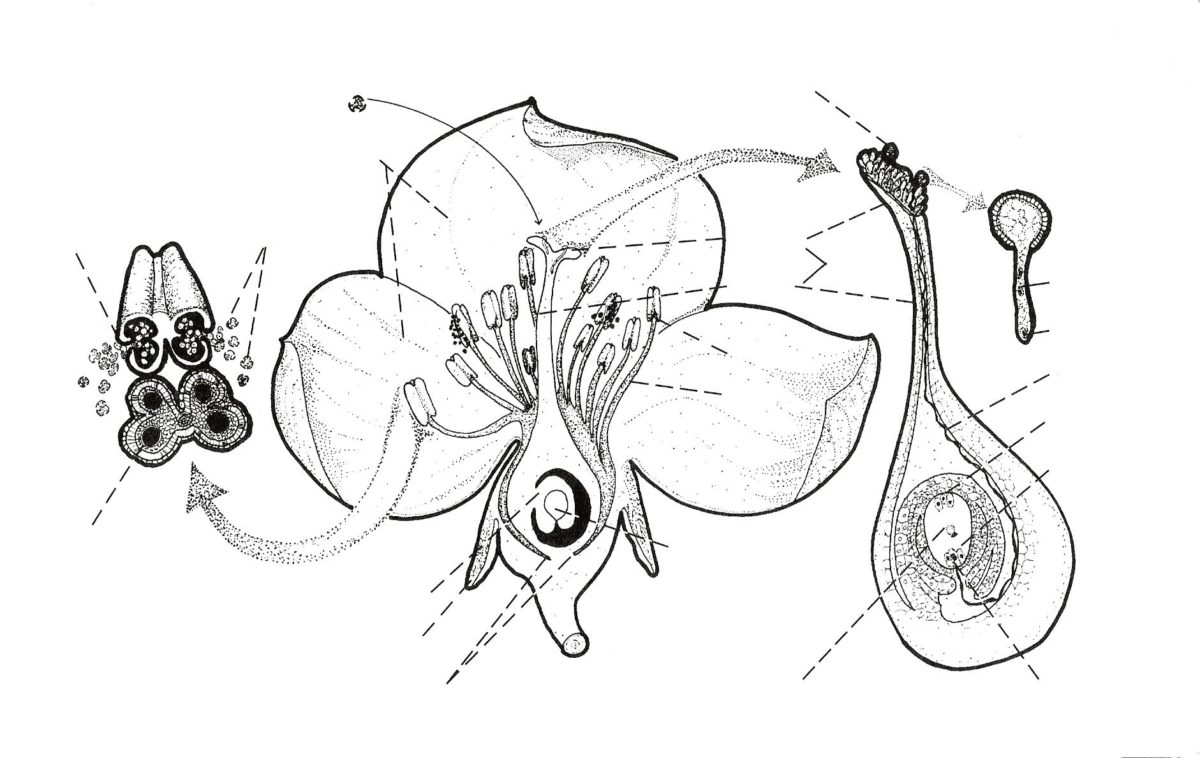Eric Mader, Pollinator Outreach Coordinator, the Xerces Society for Invertebrate Conservation
Marla Spivak, PhD, Professor of Entomology, University of Minnesota

A flower is nothing more than a short modified branch. Flower petals are nothing more than modified leaves. And yet for the farmer and beekeeper—or anyone who likes to eat—life depends upon the development of this structure (Figure 4.1).
Flowers are the reproductive apparatus that allow genetic exchange between two parent plants. The offspring that result are a new combination of inherited characteristics, with new instructions for life. Some of these offspring will have an enhanced ability to survive. Some will not.
The botanical details of pollination outlined in this section may seem confusing at first, but an understanding of flower characteristics can be extremely valuable when one is confronted with the challenge of pollinating a new or unusual crop. With a little knowledge, flowers can be seen from a pollinator’s point of view. For example, the flat surface of some flowers provide a safe landing place for insects that rest while feeding, such as flies, butterflies, and beetles. Simple tubular flowers are more attractive to animals that hover while feeding, such as hummingbirds and some moths.
